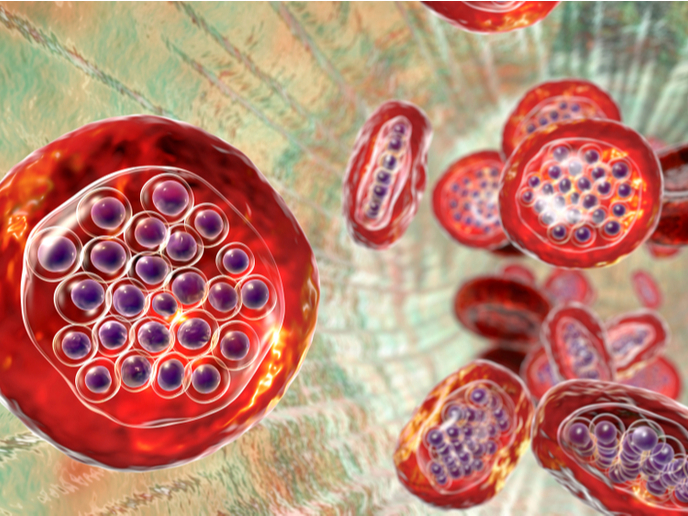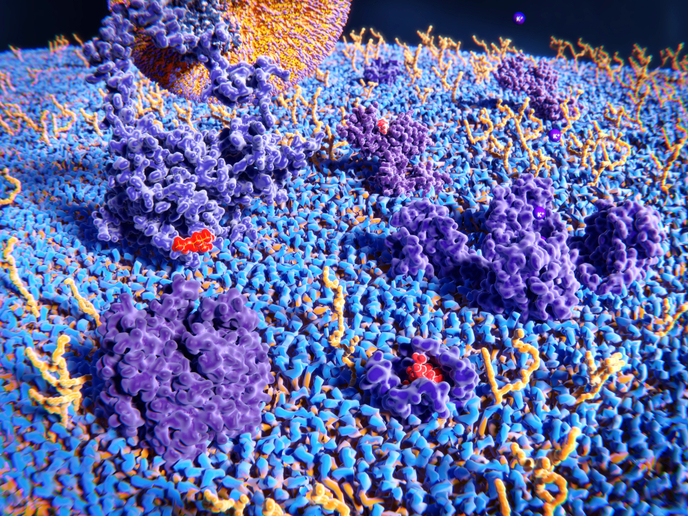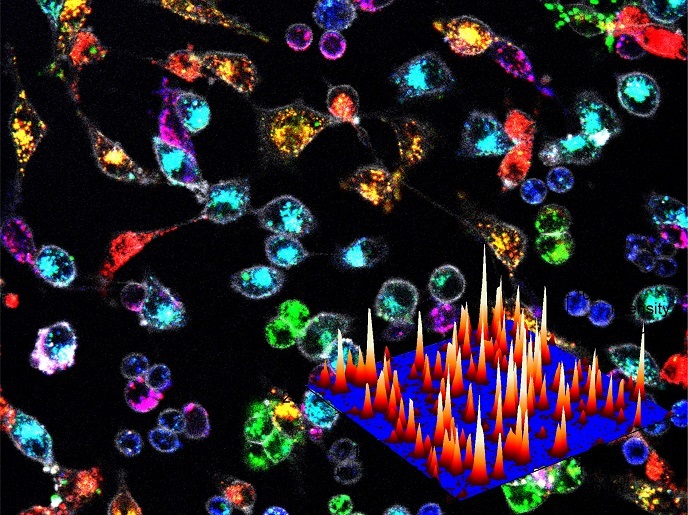Targeting Plasmodium egress as a novel treatment for malaria
When malaria parasites invade host red blood cells (RBCs), they enclose themselves within a membrane-bound compartment known as a parasitophorous vacuole. Approximately 48 hours later, at the end of its asexual blood stage growth cycle, the parasite ruptures the membrane in a coordinated manner before breaking out of the RBC, a process known as egress. Currently, the mechanism by which malaria parasites disrupt this membrane is completely unknown but it is central to parasite replication. At the same time, considering the notorious ability of Plasmodium parasites to rapidly develop resistance against antimalarial drugs, there is a pressing need to identify new drug targets and overcome the limited efficacy of existing solutions.
Investigating the role of membrane-lysing enzymes in parasite egress
Undertaken with the support of the Marie Skłodowska-Curie Actions programme, the MalariaEgress project based in the host lab of Mike Blackman at The Francis Crick Institute in the United Kingdom worked under the hypothesis that the malaria parasite must use a type of membrane-lysing enzyme called a phospholipase to egress from RBCs. “Malaria is an ongoing epidemic and so there is a great need to identify new drug targets involved in crucial processes in the parasite life cycle,” notes research fellow, Abhinay Ramaprasad. There are 23 different phospholipases in the malaria parasite that are potentially involved in the synthesis and breakdown of phospholipids of the parasitophorous vacuole. The scientists used gene knockout and gene editing technologies such as CRISPR-Cas9 to disrupt these genes, then performed extensive investigation of the impact of knockout on the parasite’s ability to grow, multiply and break out of the RBCs. Analysis of the lipids produced by the parasite enabled them to infer the function of the phospholipases under investigation. Over the period of the project, Ramaprasad characterised the functions of four phospholipases and found that they play a role at different points in the parasite’s life cycle in the blood. Two of the enzymes were found to be essential for parasite growth while another was required for efficient egress, suggesting they could serve as therapeutic targets for the development of novel antimalarial drugs. Of particular interest, the phospholipase that aids the parasite in undergoing egress efficiently functions by modifying the vesicle membrane around it, making it more amenable to rupture.
Project significance and prospects
Research towards novel treatments for malaria is fundamental. “Enzymes including phospholipases constitute excellent targets for drugs against pathogens causing important infectious diseases,” explains Ramaprasad. Prime examples include the HIV protease and influenza virus neuraminidase, which are targets of clinically successful drugs. Based on this, MalariaEgress researched the fundamental biology underlying malaria parasite proliferation and pathogenesis with a view to developing novel drugs. The project results unveil a key role of phospholipases in the membrane dynamics required for the parasite’s asexual blood life cycle, including egress from the RBCs. With a view to the future, Ramaprasad adds: “Activities will focus on targeting these essential phospholipases with drug-like small molecules that are safe to use in humans.”
Keywords
MalariaEgress, parasite, malaria, phospholipase, egress, RBCs, Plasmodium, parasitophorous vacuole, red blood cells







